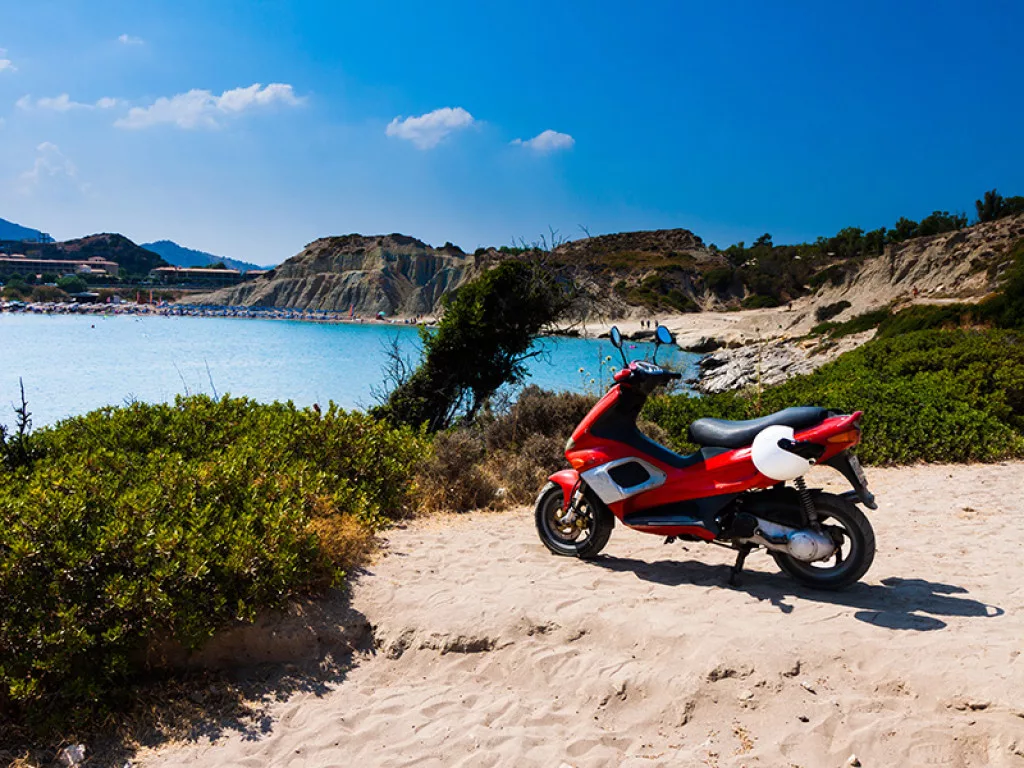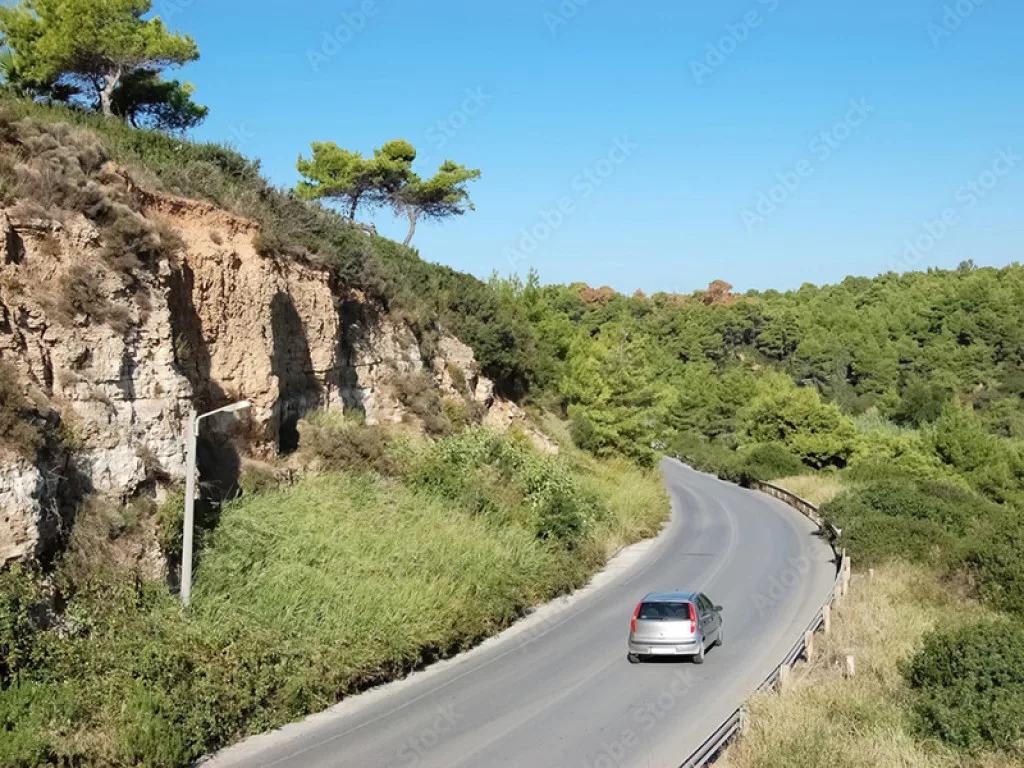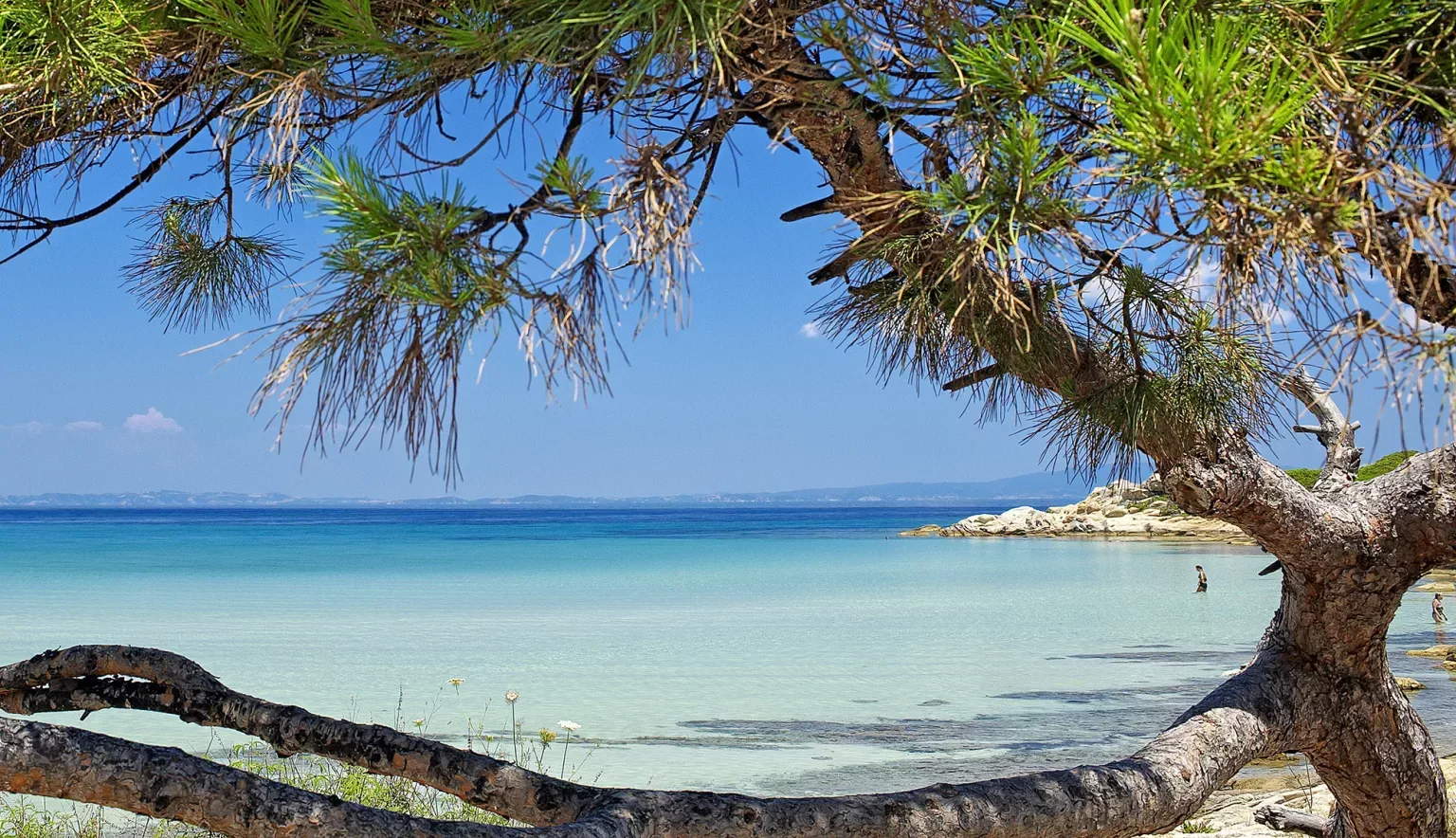Unwind and rekindle your connection to nature with Halkidiki, an escape to northern Greece.
HALKIDIKI
Like Poseidon’s trident, the three jutting peninsulas that comprise the region of Halkidiki in northern Greece pierce the azure waters of the Aegean Sea. Located in the region of Central Macedonia, Halkidiki sits just south of Greece’s ‘Second City’ of Thessaloniki and is slowly climbing in recognition, having just been ranked amongst Lonely Planet’s Best in Travel for 2023.
Although often overlooked in favour of the Greek islands found to the south, Halkidiki and its three ‘fingers’ of Kassandra, Sithonia, and the monastic state of Mount Athos, offer a smorgasbord of delights for any traveller. Those craving spectacular natural scenery need look no further than Halkidiki’s wealth of tranquil sandy beaches secluded in sheltered bays, to rugged mountains shrouded in dense pine forest.
Showcasing Halkidiki’s wild side, rural Sithonia stands out as the peninsula blessed with the most beaches, with many offering an impressive backdrop of the ‘Holy Mountain’ of Mount Athos. Visitors in search of a different kind of wild experience may be better suited to the more developed hotspot of Kassandra, an area renowned for its nightlife and thriving beach bar scene, as seen in the resort destinations of Sani and Pefkohori.
While Halkidiki’s natural allure is undeniable for any hiker, explorer, camper or beach-lover, the cultural appeal of the region is equally captivating. Mountains encase hidden, traditional villages such as Arnaia and Afitos, where an authentic snapshot of Greek rural life awaits amongst cobblestone streets, local wine tastings and tavernas. The region is also laced with historic remnants of Greece’s architectural heritage. Tourists flock to Ancient Stagira – birthplace of the philosopher Aristotle, and the well-preserved ruins of Olynthus, known for its exquisite mosaic flooring.
If seeking a true taste of Greece, you’d be remiss not to try the seafood that Halkidiki is known for, best sampled in cosy fish tavernas dotted around small coves where local fishermen bring in the catch of the day using traditional spearfishing techniques. Local delicacies include sun-dried octopus, grilled anchovies and the iconic Greek favourite, souvlaki.
With golden sand, the scent of pine trees in the air and an endless selection of beaches to choose from, Halkidiki is sure to spoil all your senses. As the local saying goes, “there’s no place like Halkidiki.”
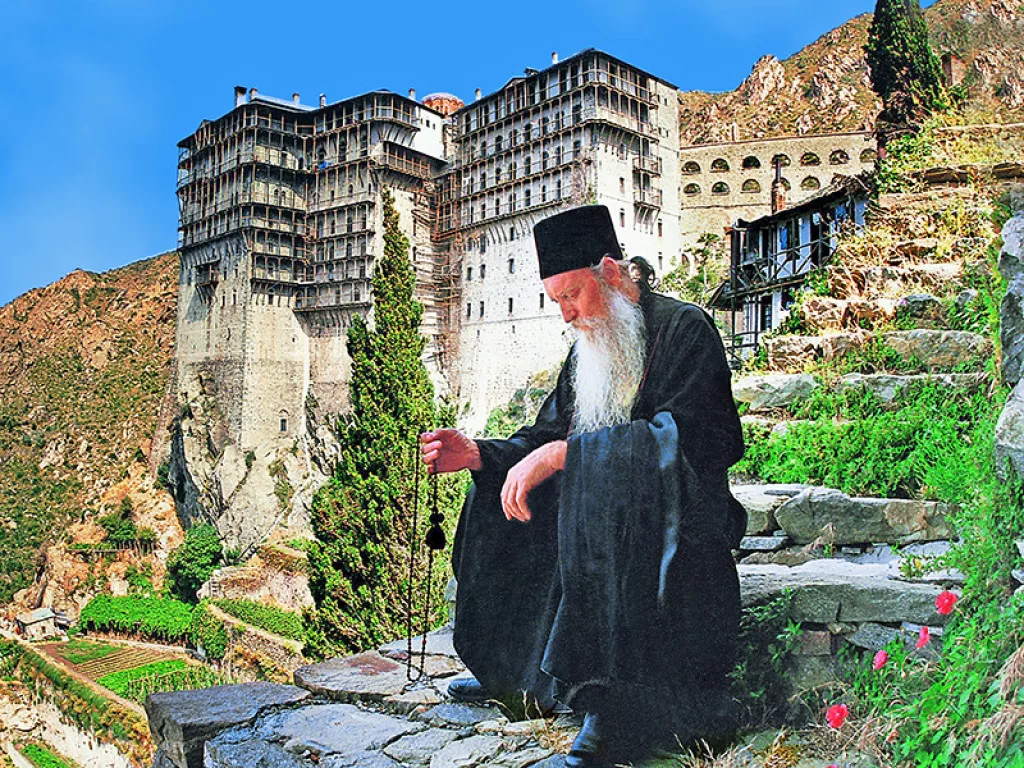
TOURISM INSIGHTS: HALKIDIKI TOURISM ORGANISATION
We speak with Tania Akritidou, Marketing Manager at the Halkidiki Tourism Organization to uncover some of the region’s best-kept secrets.
Q&A WITH TANIA AKRITIDOU, MARKETING MANAGER, HALKIDIKI TOURISM ORGANISATION
What is the story behind the tourist board’s foundation – when you were founded and why?
Tania Akritidou, Marketing Manager (TA): Halkidiki Tourism Organization was founded in 2012 out of the need to organise and co-ordinate all partners and stakeholders involved in the tourism sector under one umbrella and brand name. We agreed that we needed to raise more awareness of the whole destination and focus on opening new markets. So, we rebranded, set our new goals according to the strategic plan, and began work. We are proud to say that we are the first tourism organisation in Greece that is not a public body and is funded both by the private and public sectors.
In your opinion, why should someone visit Halkidiki and what kind of travellers does it appeal to most?
TA: Halkidiki is primarily a family-friendly destination, but it also appeals to couples and alternative travellers. They say that there are no beaches like the ones in Halkidiki, and it’s true as our region has the longest coastline in mainland Greece, shaping over 1,000 beaches. The Blue Flags that we are awarded every year are rightly deserved, and we are currently the leading destination in Greece with 96 flags. But Halkidiki is much more than its beaches, it’s a heaven for those who love mountains with an intoxicating combination of green and blue.
The region also has a long history dating back to 5,000 BC. Here you will find the birthplace of the great Greek philosopher Aristotle (Ancient Stagira), the largest and most important monastic state in Orthodox East, Mount Athos, which is a UNESCO World Heritage Site, Byzantine towers, traditional villages, all kinds of water-related activities and of course, gastronomic experiences like wine tasting, visits to olive tree plantations and organic agricultural farms. Last but not least, Halkidiki is also home to the 700,000-year-old man, found in Petralona Cave. This world-famous cave was formed around one million years ago and has an amazing formation of stalactites and stalagmites in various shapes and colours. The human skull that was found here is considered to be one of the first European men and is an important piece in human evolution.

“Halkidiki is proud to have the first carbon neutral resort in Greece, balancing its net emissions to zero, while the resort has been running on 100 percent renewable electricity since 2019”
Tania Akritidou, Marketing Manager, Halkidiki Tourism Organisation
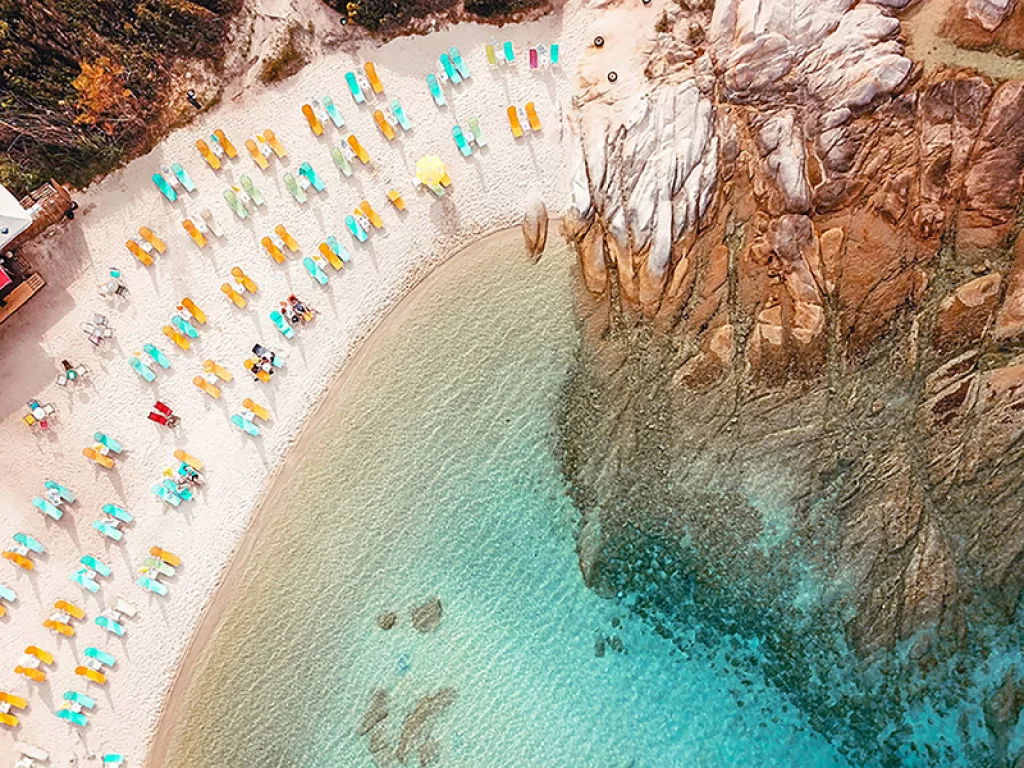
How does Halkidiki incorporate sustainable or eco-friendly travel experiences?
TA: As a major tourism destination, Halkidiki faces the current challenges of sustainable tourism development. Halkidiki Tourism Organization strongly believes that all tourism activities of whatever motivation – holidays, business travel, conferences, adventure travel and ecotourism – need to be sustainable.
We are committed to constantly educating, increasing awareness and actively engaging the hoteliers, local community and stakeholders in the tourism industry in order to achieve even more sustainable development. More and more resorts, hotels, holiday houses, convention centres and campsites are working to obtain a label, certification or membership of a charter to make visitors aware of their commitment to sustainability: reducing water and energy use, responsible sourcing, recycling waste, and getting staff involved in the environmental programme. Halkidiki is proud to have the first carbon neutral resort in Greece, balancing its net emissions to zero, while the resort has been running on 100 percent renewable electricity since 2019.
According to 2022 data, we are also proud that Halkidiki has been the leading destination in Greece for six years in a row with 96 Blue Flags, including 87 beaches, six tourism boats and three marinas, for the coastal environment, water quality, safety and access for all. The majority of Halkidiki’s natural landscape, spanning 12 different regions, is protected as Natural Beauty and Biodiversity areas by Natura European Network.
Finally, Halkidiki is part of the Greek Breakfast, an initiation of the Hellenic Chamber of Hotels which utilises and connects the cultural and gastronomic wealth of the country with the Greek hotel business. The philosophy is that hotels around Greece can build their own traditional Greek breakfasts based on food products cultivated locally. Breakfast is the ideal way to introduce visitors to local Greek food and products, giving our guests the chance to taste the gastronomic heritage of Halkidiki while supporting the local producers.
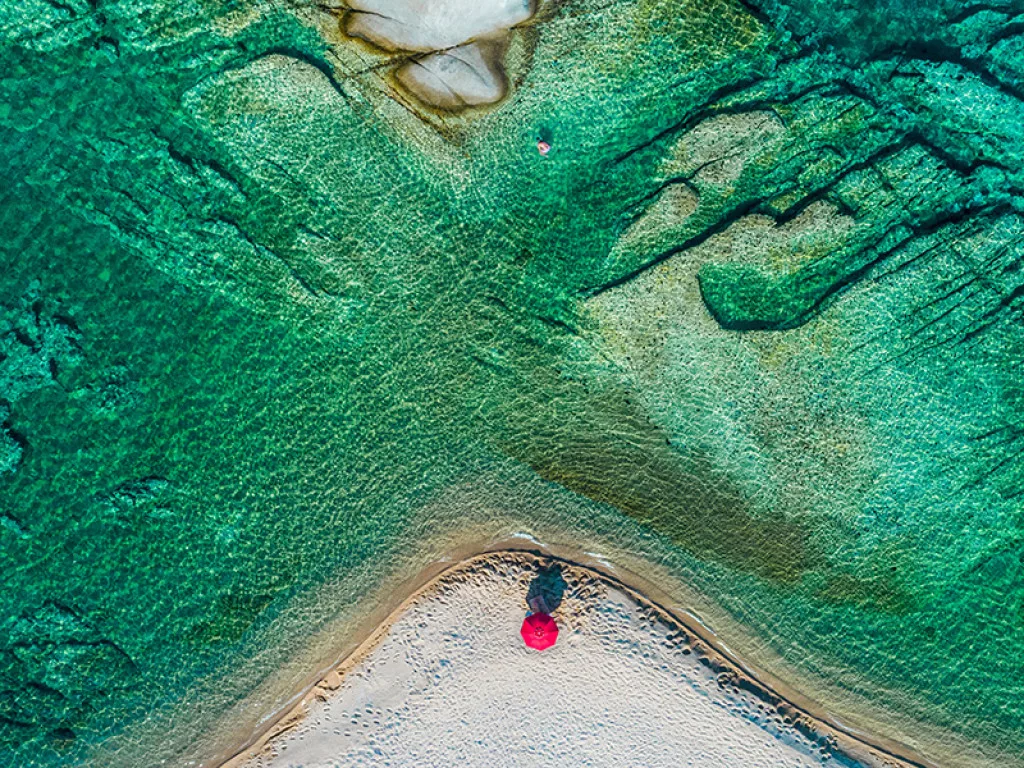
Have you noticed any new tourism trends develop in the wake of the COVID-19 pandemic?
TA: We have seen that travellers are becoming increasingly conscious and concerned about environmental issues, local communities and are looking for authenticity. They want to engage with the local people to learn about their lives, taste local products and get familiar with their costumes and culture. More travellers are looking for authentic and hands-on experiences, remote places, and off the beaten track areas.
Following on from this, are you confident of the tourism industry’s recovery in your area?
TA: We must admit that 2022 has exceeded our expectations. We didn’t expect it, but we have almost reached 2019 figures, so we are extremely happy. I think that people really needed to go on vacation this year after two years of staying home, and this need overcame any doubts or fears that they might have had. So, we are cautiously optimistic for 2023 as we know that inflation will affect travel next year to some degree.
Finally, what are the tourism board’s key priorities for the coming year?
TA: Our first priority is to create Halkidiki’s Sustainable Tourism Observatory so that we can measure the effect of tourism in the region. This will also support us with data and analysis in decision making for the future of the region’s tourism. The second is to try and prolong the tourism season by promoting all the things that the region has to offer its guests beside our famous beaches, and that comes with our new tagline: Halkidiki | Beyond Blue. Finally, we will continue to grow our walking network, Halkidiki Routes, by adding more walking trails.
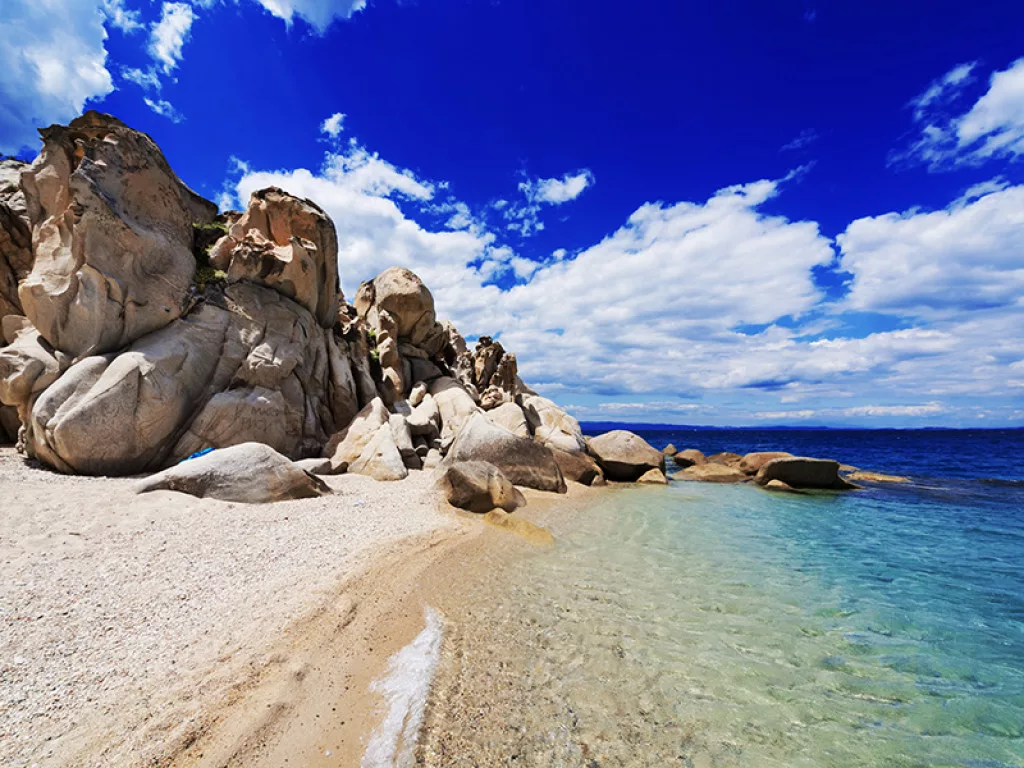
OUTLOOK RECOMMENDS
Eat:
FOR AN AUTHENTIC TAVERNA…
Boukadoura is a traditional taverna found in the beachfront town of Porto Koufo, Sithonia. The restaurant works exclusively with a local fisherman who uses speargun fishing techniques and unsurpassed grilling expertise to serve up truly sensational seafood.
Sleep:
FOR A SLEEK RESORT BY THE SEA…
Margo Bay & Club Turquoise offers a modern, minimalistic setting with scenic vistas across Kassandra Bay. A Grecotel property, the hotel combines culinary excellence with a luxe lifestyle on the water’s edge. Lounge at the poolside and savour authentic cuisine in the open-air restaurant.
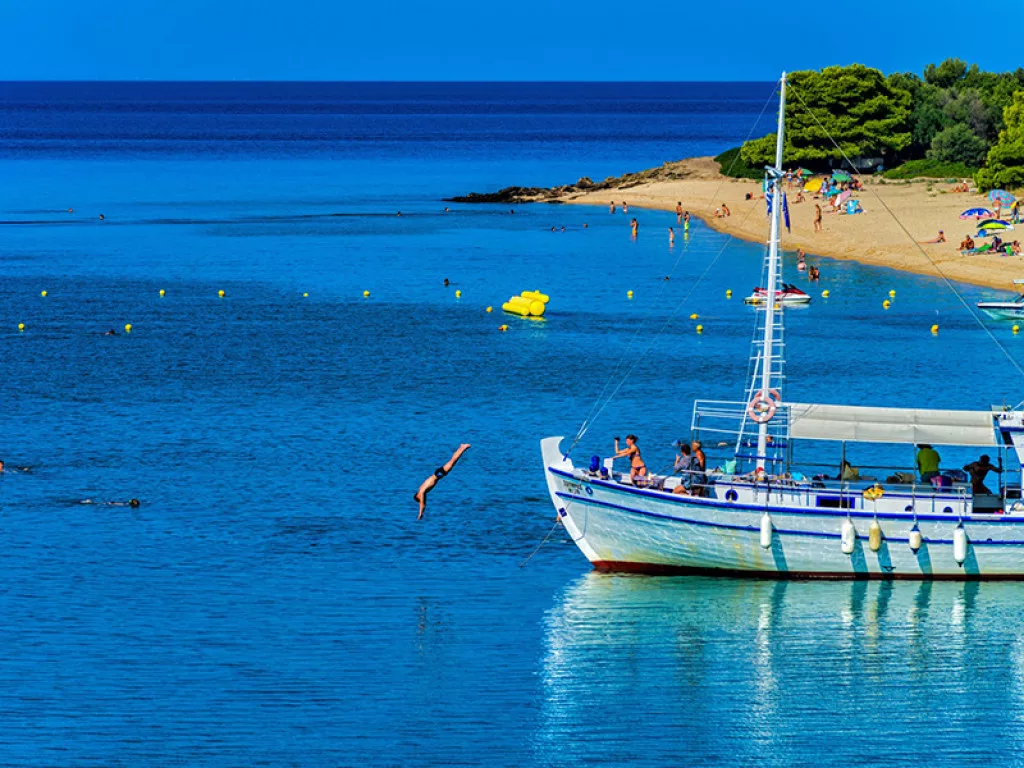
Do:
FOR TAKING A HIKE…
Halkidiki Routes is an initiative currently under development by the Halkidiki Tourism Organization. With several routes already in place across Sithonia, this platform provides a well-established network of Halkidiki’s best walking trails for those looking to savour the Great Outdoors.
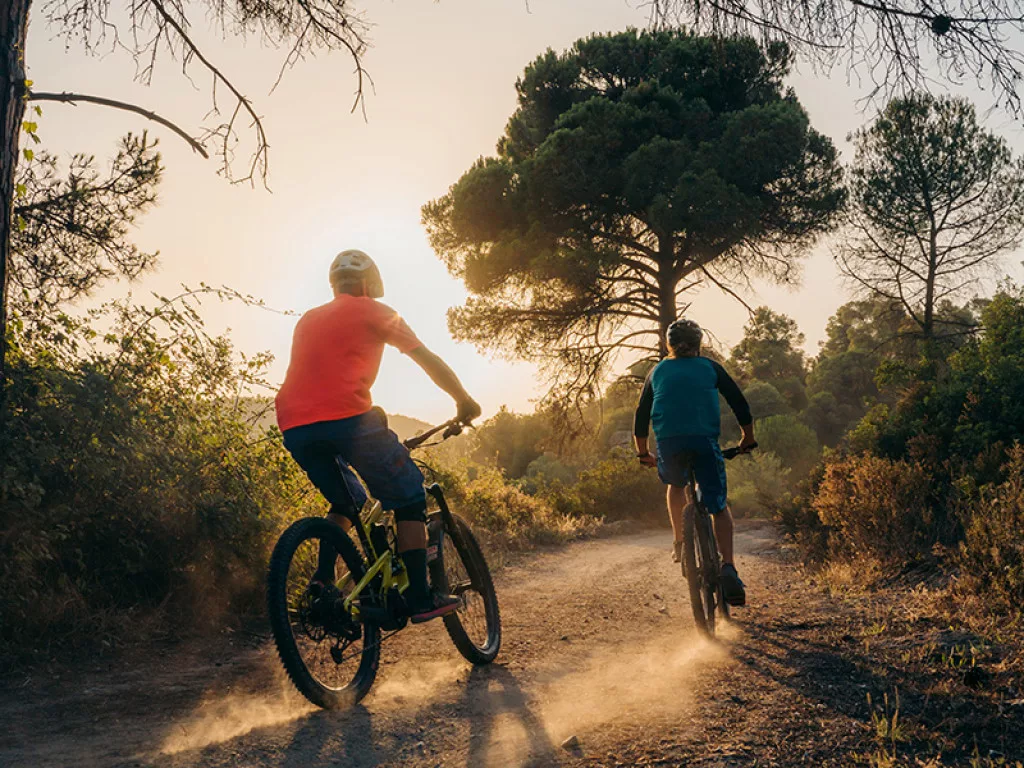
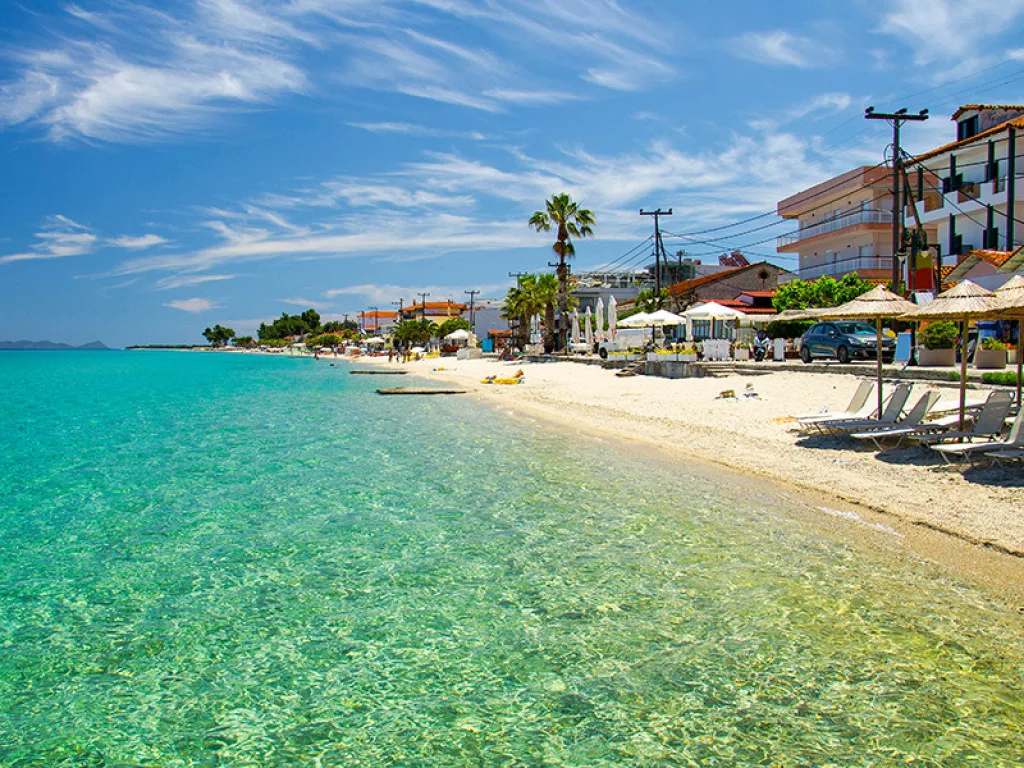
HALKIDIKI FESTIVALS IN FOCUS
Whatever the weather, Halkidiki has a festival for every season with various celebrations taking place throughout the year.
Summer is the height of festival season across the region, particularly in the bustling seaside village of Sani. An event of international renown, the Sani Festival showcases concerts, theatre performances and art exhibitions from around the globe.
A rather different affair also taking place in July, is the annual sardine festival that descends on the atmospheric fishing town of Nea Moudania, where free grilled sardines and wine-laden festivities await. A similar celebration of the sea is the International Swimming Crossing of Toronoeos Gulf, where skilled swimmers gather to cross a distance of 26 kilometres from Kallithea to Nikiti.
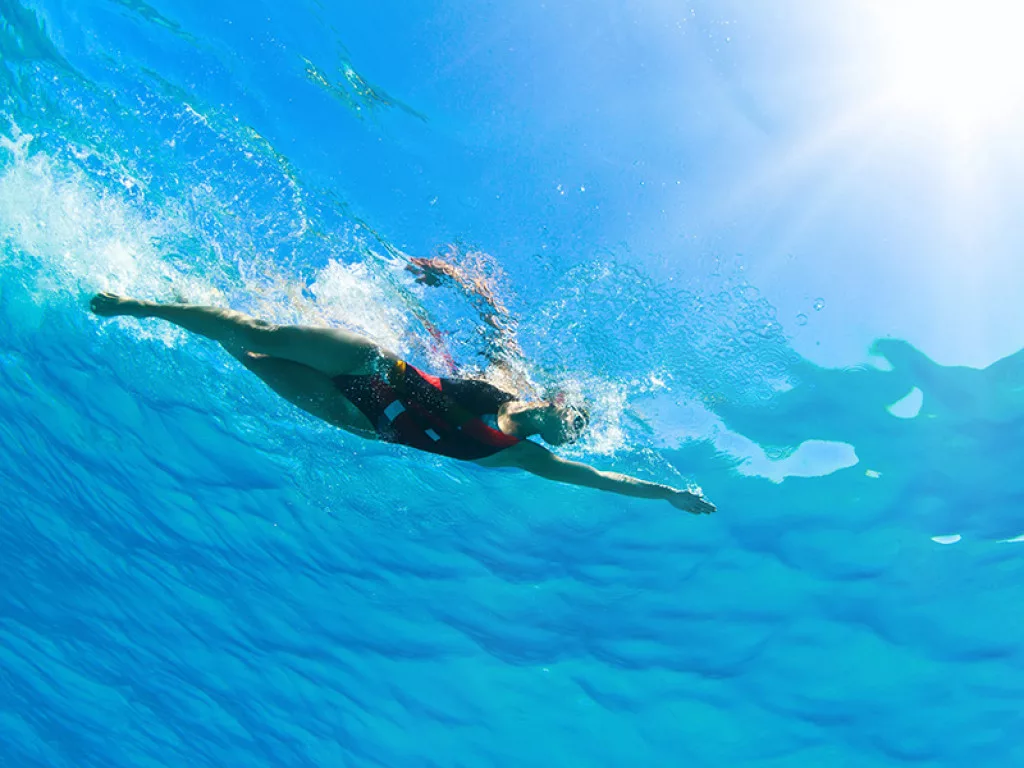
This time of year also heralds the Festival of Kassandra, where ancient Greek dramas are brought to life alongside regular musical performances at the Theatre of Siviri. Shortly after, August brings the colourful carnival and treasure hunts of the Polygyros Festival with an enormous parade taking place on the final Sunday of the celebrations.
As autumn approaches, so too does the famous religious feast of Agios Mamas – a week-long series of concerts and trade fairs whose heritage is rooted in a tradition dating back to the Byzantine era. This annual event represents the second largest festival in Greece.
Finally, with an abundance of fir trees thriving throughout the region, particularly in the village of Taxiarchis, Halkidiki comes alive at Christmas and embraces the full festival season. With a rich pine-tree farming tradition dating back centuries, Christmas trees from Taxiarchis are found in homes throughout Greece.
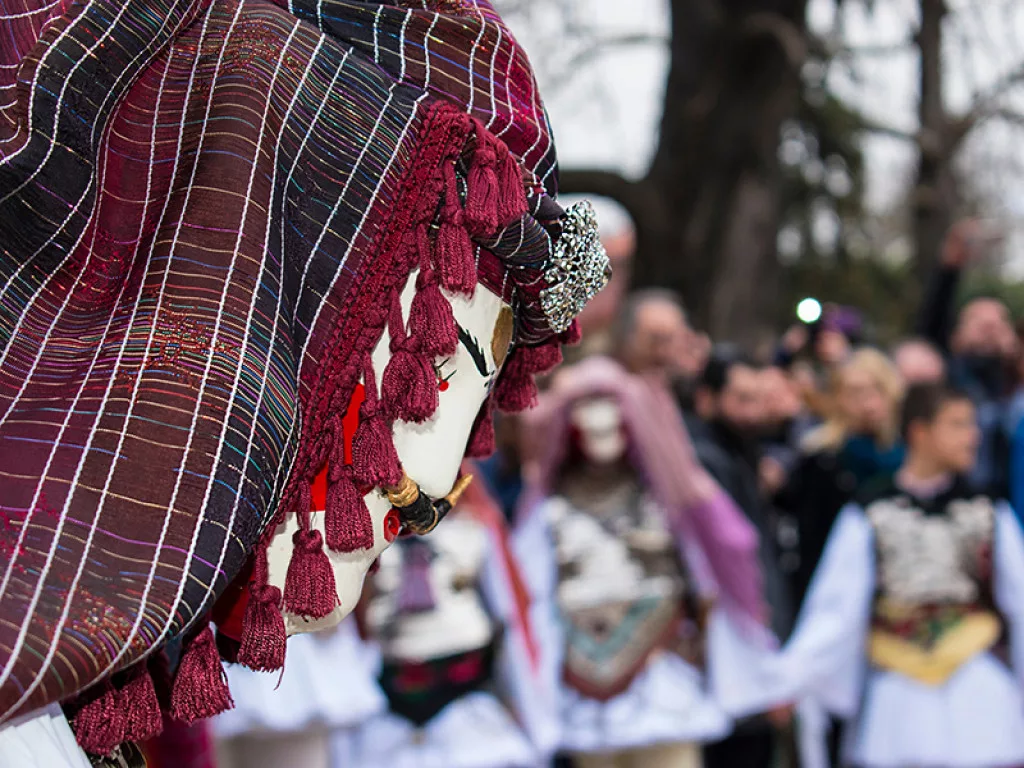
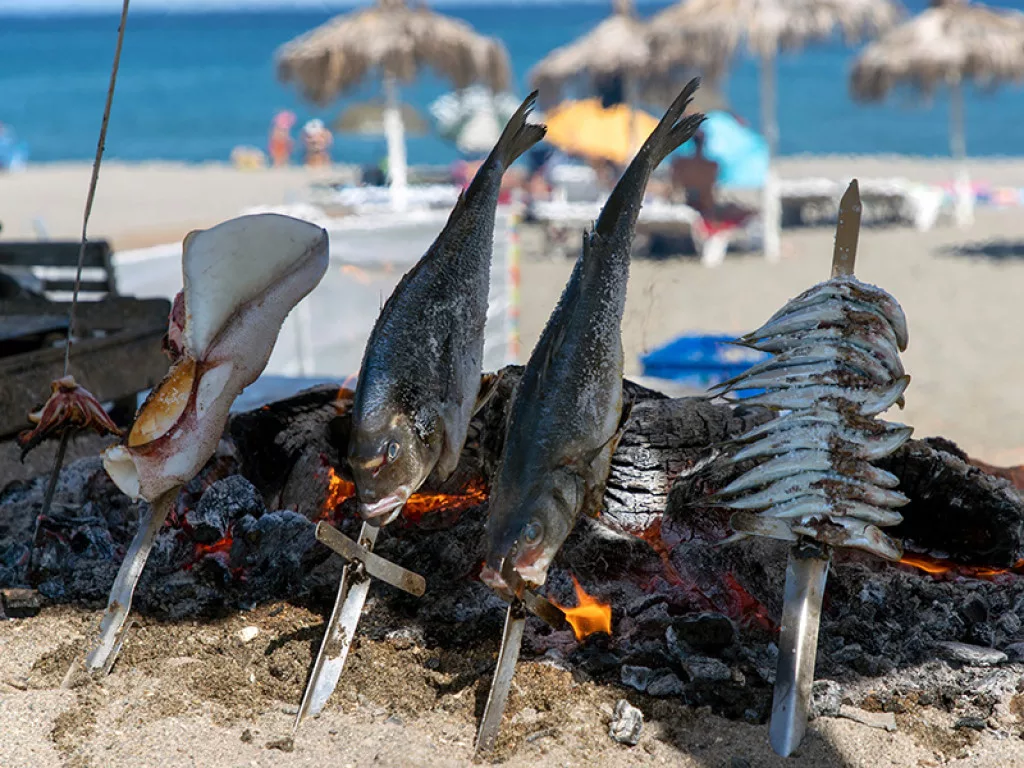
LANDMARK ATTRACTIONS
Ancient Stagira
This ancient city marks the birthplace of the celebrated Greek philosopher and tutor to Alexander the Great, Aristotle. Located near the town of Olympiada, stroll through the impressive archaeological ruins that were excavated in the 1990s and walk in the footsteps of one of Greece’s greatest minds.
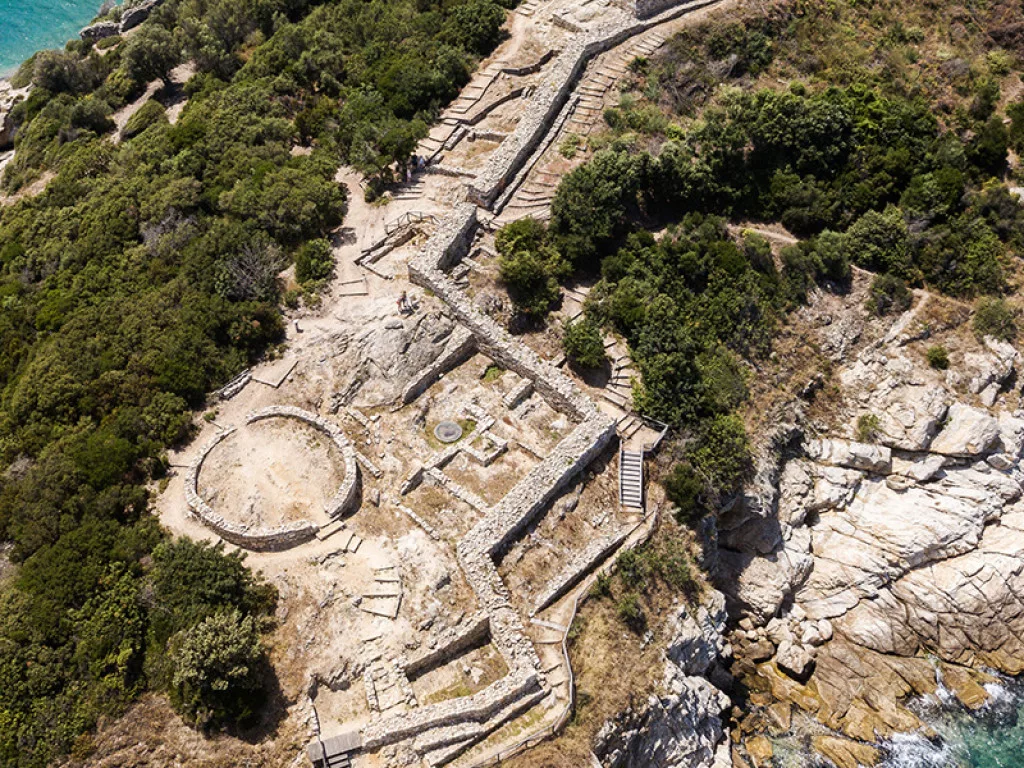
Kalogria Beach
Just one sparkling example of Halkidiki’s exquisite Blue Flag beaches, Sithonia’s Kalogria beach offers an expanse of beautiful white sand shrouded by dense pine forest. Its calm turquoise waters are perfect for snorkelling and their shallow depth makes this a favourite spot for families.
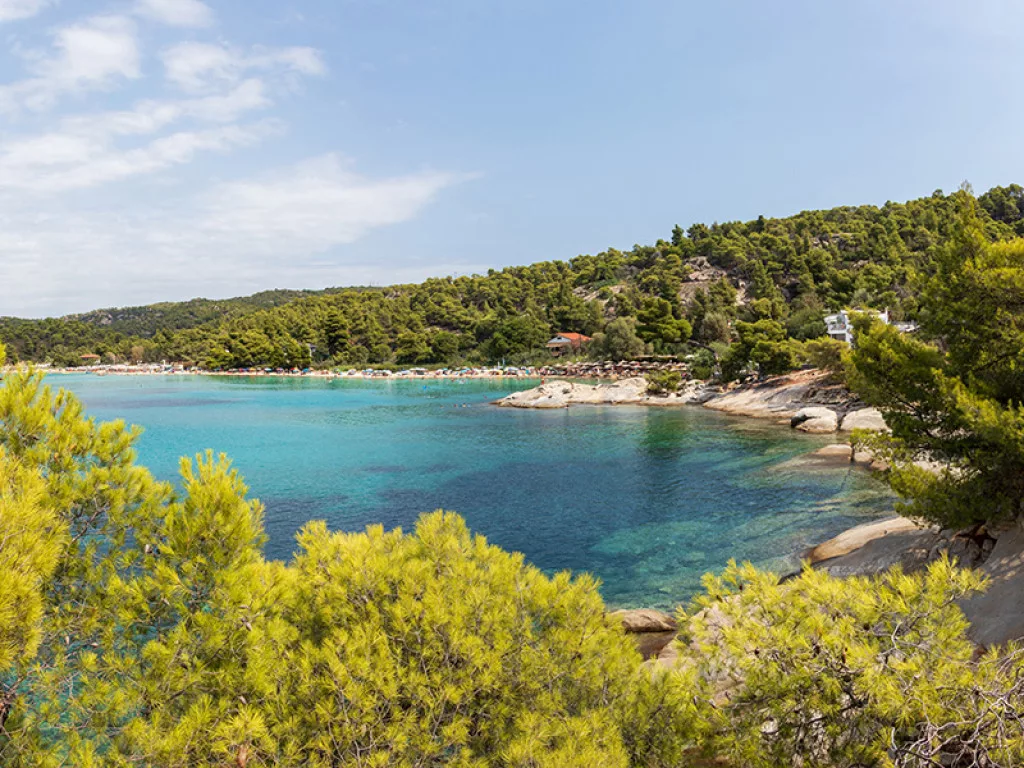
Petralona Cave
This jaw-dropping natural landmark is one of Europe’s most impressive caves, dripping with sparkling stalagmites that are millennia-old. One of the cave’s many treasures, a 700,000-year-old human skull was found here, belonging to the early human species known as Archanthrapus. The cave is currently closed for restoration but will reopen in May 2023.
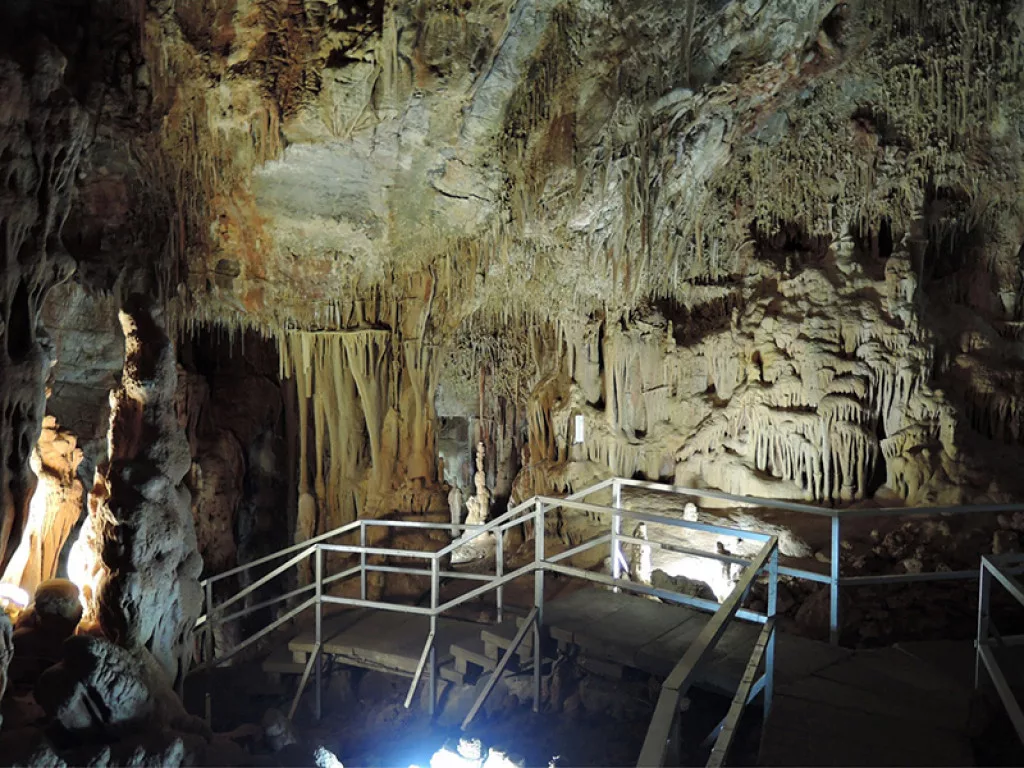
GETTING THERE AND AROUND
Halkidiki’s nearest airport is Thessaloniki Airport Macedonia (SKG), about an hour’s drive away (20 kilometres). The airport connects the region with approximately 41 countries and 81 destinations with direct flights, as well as 35 cities and islands in Greece (direct flights and transit). From here, you can easily catch a bus or taxi connection to the coach station of Halkidiki (KTEL) in Thessaloniki which has a well-established network with all villages and beaches.
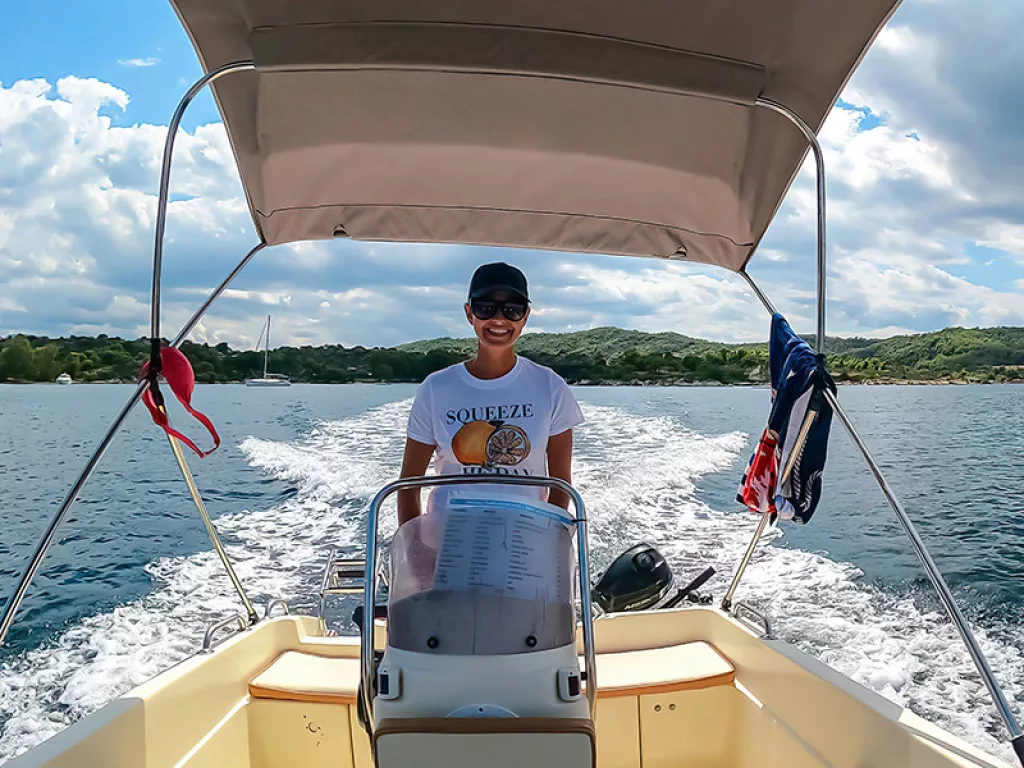
Since there is no train connection throughout Halkidiki, those arriving by train will depart in Thessaloniki, and then transfer by coach. Halkidiki can be easily reached by car from anywhere on the Greek mainland, or if travelling from neighbouring countries. A range of car rental companies are available in Thessaloniki for those not bringing their own vehicle.
With a safe and easily accessible road network, car rentals or public transport are far more cost-effective than taxis. Both locals and tourists alike use the bus system as a preferred means of local transport with central bus stations in Polygyros, Nea Moudania, Neos Marmaras and Thessaloniki airport.
